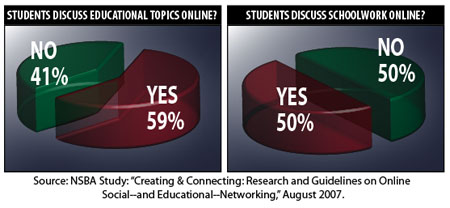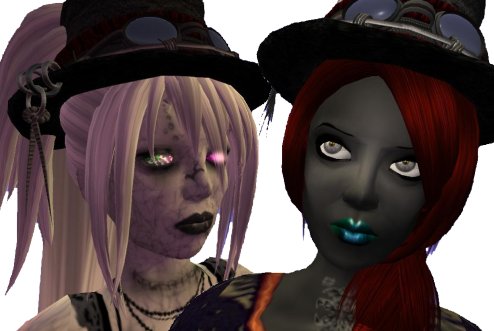As this post by Benjamin Duranske alludes to, Linden lab have requested an extension of time to determine if they’ll oppose SLCN registering their name as a trademark.

The extension may lead to not much at all in that Linden Lab may decide not to challenge. We’ve discussed the trademark issue previously and the situation isn’t getting any less vexed. We contact SLCN for comment but understandably they’re not wanting to discuss the issue publicly.
What do you think? Are Linden Lab rightfully protecting their name or is it a move that’s only going to damage their standing in the virtual world community?



Recent Comments